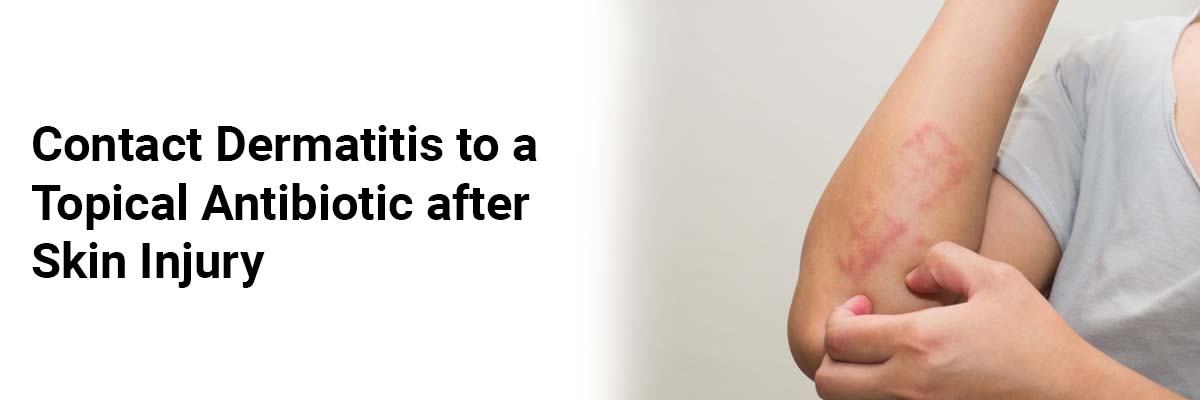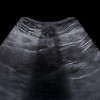
 IJCP Editorial Team
IJCP Editorial Team
Contact Dermatitis to a Topical Antibiotic after Skin Injury
An 11-year-old boy was admitted to the emergency department with a lesion on his right proximal lower leg, resulting from a previous injury that required sutures after a fall onto a branch.
His wound seemed to be healing during the first few days, but it developed redness and crusting six weeks later. Antibiotics were prescribed for presumed cellulitis, which did not resolve the problem. A radiograph revealed subcutaneous inflammatory fat stranding over the proximal tibia, raising suspicion of methicillin-resistant Staphylococcus aureus (MRSA) infection. The patient was treated with doxycycline and mupirocin; a bacterial culture showed no growth.
Two weeks later, the boy, still on doxycycline and mupirocin, reported ongoing pruritus and pain. Upon examination, a large, violaceous scaly plaque was noticed on his right shin, prompting a punch biopsy for further examination. The results revealed acute or chronic spongiotic dermatitis features, suggesting repeated episodes of allergic contact dermatitis to mupirocin ointment.
Mupirocin is rarely associated with allergic reactions. Despite negative patch testing, mupirocin was discontinued, and topical mometasone was initiated. After four weeks, the scale and symptoms resolved, leaving only an indurated scar and hyperpigmentation.
The family declined further patch testing, but based on the known exposure and improvement post-discontinuation, the reaction was presumed to be mupirocin. This case emphasizes the importance of considering contact dermatitis to topical antibiotics, even in the absence of systemic reactions.
Source: Mahoney MJ, Gaddis KJ, Polcari IC. J Pediatr. 2024 Jan 1;264.

IJCP Editorial Team
Comprising seasoned professionals and experts from the medical field, the IJCP editorial team is dedicated to delivering timely and accurate content and thriving to provide attention-grabbing information for the readers. What sets them apart are their diverse expertise, spanning academia, research, and clinical practice, and their dedication to upholding the highest standards of quality and integrity. With a wealth of experience and a commitment to excellence, the IJCP editorial team strives to provide valuable perspectives, the latest trends, and in-depth analyses across various medical domains, all in a way that keeps you interested and engaged.




















Please login to comment on this article